SEO translation service
SEO translation service
SEO Translation is translation that is optimised to improve website positioning in search engines results. It requires analysis by a SEO specialist, who provided instructions for the translators to follow in drafting the translated text.
SEO stands for ‘search engine optimisation’, i.e. the optimisation (of content) for search engines such as Google.
Users can enter their searches into these browsers, which then give them the results for exactly what they are looking for. To do so, they use an algorithm (periodically updated and improved) which analyses the pages and websites to verify the authenticity of the content, the topics covered and additional parameters that are compared by the algorithm and enable it, finally, to index – i.e. sort by relevance and consistency – the content for each keyword entered by the user.
To ensure that our websites are shown in the results displayed to our target group (potential customers), they need to be adapted to the logic of the algorithm, so that when the algorithm assesses certain parameters, it prefers our websites over other competitor websites with similar content and indexes our pages before others in the search engine results page (SERP).
Our protocol for SEO translations
The translator produces an accurate translation of the original content using the phrases, forms of expression and terms that best represent and convey the client’s message based on SEO logics and the logic of web localisation, adopting the expressions most popular with the target users in the respective geographical area considering the trends of their social group and age.
Tips for writing good SEO content
Keywords
- Each page must have one main keyword and up to ten secondary keywords. Marketing analysis using SEO portals and tools should first be applied to select the keywords most consistent with your content and with the objective of the page.
- Check that the keywords feature effectively in the texts, titles and subtitles on the page, Tag Titles, Meta Descriptions and Tag Alt (image tags).
- Avoid keyword stuffing, i.e. overuse of keywords that makes sentences clumsy and can alienate users, which, moreover, is now automatically recognised and penalised by the algorithm (remember that one keyword can make up a maximum of 2% of the content).
Texts and logic and syntactic structure
- Texts are SEO-effective when they are written with a clear logic and syntactic structure, i.e., when they are written clearly.
- It is best for the page to start with an ‘abstract’ that broadly summarizes the content. This helps both the Google algorithm – to understand what the page is about – and users and it is also an excellent opportunity for us to get users interested, so that they keep on reading.
- Make it easier to read by dividing the text into paragraphs and using bullet points, bold, italics, and other text formatting (don’t go overboard).
- It is important not to copy or use similar or repetitive content to prevent “cannibalism” among pages, i.e. competition between pages of the same site, which is penalised by the search engine.
Images
- The images must be consistent with the message and in line with the sensitivities of the target audience.
- They must be in high resolution and optimised for the web, so that they can be loaded quickly by the browser (.png and .webp formats are recommended).
- If the images are strictly linked to the texts (and not generic backgrounds), it is useful to add an alt text from the backend of the site, which prioritises indexing for the keyword included in the tag.
External and internal links
- External links are evaluated positively by the algorithm, insofar as the page being cited on other authoritative websites can show that it contains valuable content.
- Furthermore, the presence of internal links makes browsing the site easier for users, who can explore the content found on other pages of your site as well.
Minimum information
When requesting SEO, we kindly ask clients to provide the following information and preferences:
- Address of the client’s current website, as a reference to understand its positioning
- Client’s communication objective
- Description of the target audience: ethnicity, age group, profession
- Preferences on how to arrange and structure content
- Tell us if the source text is already search engine optimised: if not, we will need to perform an initial SEO correction of the source text or rewrite the entire target text using SEO, which will be entrusted to a native speaker specialised in writing content for the web.

